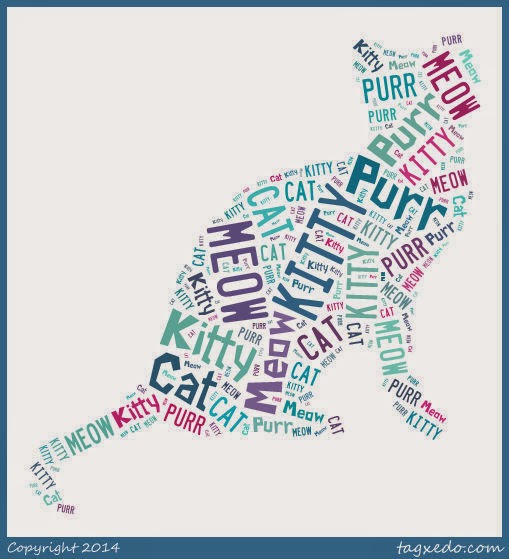25 Nov How to Use Web Analytics Data to Inspire Blog Content
Bam! Yep, that’s a wall and you just walked into it. That moment when you just don’t know what to write about. It happens to everyone, so we put together a quick tip on how to use data from your existing blog content as a thought starter.

The Setup
Before we get into the really fun stuff, you’ll need to pull a report from your web analytics tool. Download a page report that includes page title (crucial here) as well as page views and time on page (or any other metric you use to measure post performance). You’ll also want to create a second document, a text file, combining all of the page titles into one string of text.
Using Word Clouds for Content Inspiration
Word clouds are everywhere these days. Sometimes they are statistical representations of text, other times they’re used because they’re totes adorbs (I’m going to break the fourth screen for a second because I want you to know that as I’m writing this, “totes adorbs” did not show up as a spelling error). Word clouds can be helpful when paired with a social media monitoring tool as a way to identify key trends. In this case, we’re going to use a word cloud as inspiration to inform future blog topics.
First, just run a word cloud on the page title text string. Here’s what ours looks like:
This makes sense. Since we are a social media marketing company, we frequently post about such things. Obvious yes, but still not quite helpful. Let’s go a bit deeper!
Bigrams and Trigrams, Oh My!
A bigram is “a pair of consecutive written units such as letters, syllables, or words.” A trigram is the same, but with three letters/syllables/words. Broadly, these are also referred to as “n-grams.” With what we’re trying to do, we want to look at bigram and trigram words contained within our text. We’ll take the 50 most frequent bigrams and trigrams and see what those look like!
The use of bigrams get us a little closer, but still not quite as deep as we want. Let’s see what the trigrams look like!
Interesting! “Social you should [know]” is definitely popping up, as it should considering we post one every week (shameless plug: you can also sign up to receive “Social You Should Know” in your inbox). Putting “social you should know” aside for now, there are a few other things popping out here including “examples social media,” “social media strategy,” “media marketing example,” and others. This is representing post frequency, but what it’s not showing is performance relative to these bigrams and trigrams.
Quantifying Your Word Cloud
For the purposes of this example, we’re going to look at our bigrams and trigrams by two metrics: page views and seconds spent on page. However, when you run this for your own blog make sure you are looking at a metric that best serves the objective of your site. For example, if you have an ecommerce site and can directly attribute specific blog posts to sales, use that sales data!
First, let’s take a look at our bigrams and trigrams by page views. The size of each n-gram represents the number of page views generated for post titles that contain that n-gram.
Now we’re getting somewhere! It looks like topics surrounding examples and trends tend to generate more page views. Maybe we should look for some recent trends to publish, or put together some case study posts. Posts about Facebook marketing seem to do well too.
Or, diving into trigrams, we could put together a post about social media tools or stats.
These n-grams show what content tends to drive the most page views, but what topics tend to be more engaging?
Cool! A little more reinforcement on the trends, examples, Facebook, and strategy content.
Looking at trigrams we can also see that social media stats, measurement, and promotion posts are also engaging.
In summary
This kind of analysis isn’t going to tell you exactly what post you need to write, but it’s a start! Use this word cloud analysis to help guide your content strategy. Reevaluate now and then to note any changes and repeat.














